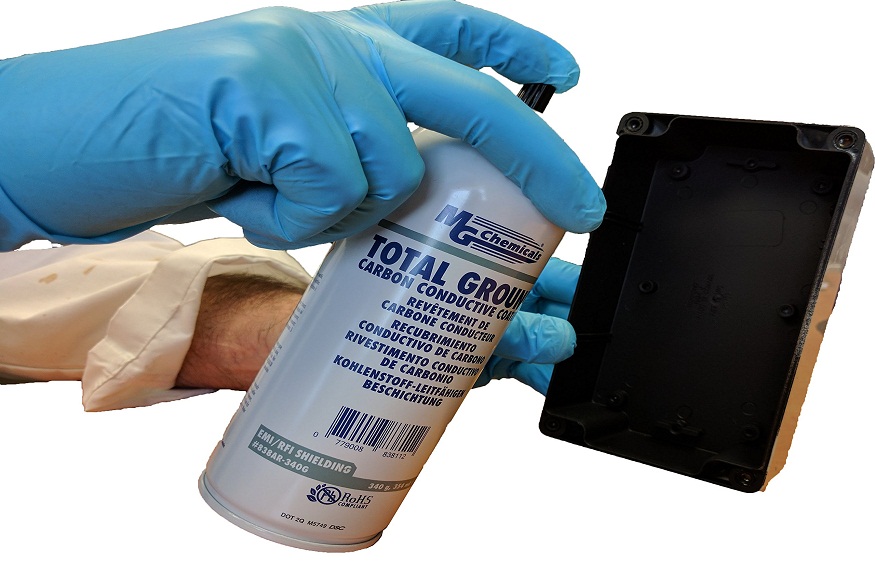
Version 1.0.0
Introduction
Carbon ink has been a celebrated medium for many centuries because of its deep colour, fluidity, and durability. Carbon ink boasts a rich history of creating deep, clear imprints that have been used for generations with technical drawings and fine art, among other applications. However, owing to several alternatives within the market, the task of finding the best carbon ink for the intended use becomes an arduous process. Whether you are a calligrapher, an artist, or you’re using it for industrial purposes, the right ink may dramatically enhance the quality of your work. So, here are seven detailed suggestions to make the best choice for you in picking the best carbon ink.
Tips to Choose the Best Carbon Ink
Analyse the Ink Pigment Density
This is the first thing that comes into the selection of carbon ink-pigment density. The density of pigment is the amount of carbon particles in any ink, which will influence its richness as well as the colour of lines and strokes. A higher pigment density creates the possibility of a larger, less accessible black, which comes into play in technical drawing and complicated work. If you need a high degree of contrast and detail, go with highly pigmented inks.
While high pigment density is very desirable, it is also sometimes necessary to maintain fluid ink. Some inks with high carbon content become too viscous to allow the ink to flow well through fine nibs or pens. Those who will be writing sharply, smoothly, and without skips must ensure that the ink balances density and fluidity.
Test for Waterproof and Lightfastness Properties
Another consideration would be if the carbon ink is waterproof, and water resistant to fading. Many applications, particularly in cases where art, paperwork, or outdoor displays are needed, are demanded for work to stay even after exposure to dampness, sunshine, and other environmental variables over time without smearing or fading. Good-quality carbon inks usually tend to be designed as such, being impervious to water and ultraviolet light.
Waterproof inks are essential for those artists who make use of water colours or any wet materials with carbon ink to ensure that ink will not bleed or disintegrate. Fade resistance also becomes something important because this ensures that the ink, though it has passed quite some years already, is still clear and deep. Hence, it should first be checked on the ink’s specifications or labels before anything else if it is waterproof in a range of settings.
Select Ink Compatible with Your Writing or Drawing Instruments
Carbon inks are formulated to be compatible with particular writing instruments, for example, fountain pens, dip pens, technical pens, and brushes. You have to select an ink that would be particularly compatible with the instrument you want to use. For example, fountain pens demand smooth-flowing inks that should not clog the very sensitive nibs, but dip pens can use relatively thicker, more viscous inks.
For calligraphy or large-sized designs, you want a brush with ink that should be smudge-free but dries quickly on paper. For technical pens, you would want the ink to be as sharp as it is safe for the tool by not spattering and dragging on an uneven line. Before you make a buy, ensure that the carbon ink you’ll be buying fits your tool so as not to irritate issues like blockages in equipment, irregular flow, and broken tools.
Know the Drying Time
Carbon ink drying time is another point that needs to be considered in the case of busy work or projects where medium layering is required. Although inks that dry slowly leave lines thicker and more saturated, ink carbon black also increase the blurb probability if not allowed to settle. Fast-drying carbon ink would be a true boon for those authors whose drawings are complicated or who are left-handed writers since it would prevent burbling unintentionally and keep their work clean.
Artists working with wet materials tend to favour carbon inks that have a slightly longer drying time, as they can mix or manipulate the ink before it dries. Understanding the ink’s speed of drying will also assist you when choosing a product that works for your style and needs.
Test the Ink Elasticity on Different Surfaces.
Not all carbon inks are the same. Work goes out of some of them on regular paper, but others will be fine for use with more difficult materials such as cloth, canvas, or plastic. If your work is going to call for experimenting with different media or surfaces, you should select a carbon ink that is flexible enough to adjust to changes like these.
Carbon ink is the first choice of artists and craftsmen because it writes flawlessly on a wide variety of papers, from sketching paper to textural canvas. For more involved applications, including designs for buildings or industrial labels, the ink should adhere well to metal or glass and remain clear and strong. Testing on various surfaces before buying in volume will establish its flexibility.
Emphasis on Environmental and Health Quality.
Given the increased awareness of environmental sustainability and health, if you happen to work in a shared workplace or have huge stocks of ink, ensure that you utilize non-toxic, eco-friendly carbon ink. Many carbon inks are non-toxic, making them safe for both the environment and the consumer.
If you work with carbon ink for long durations of time, selecting the kind that meets your safety standards is important to your health. Choose non-toxic inks or inks that meet environmental regulations so that your work will not have adverse health effects and harm the environment. Safe inks are especially important in schools, studios, and other places where people spend much time around the materials.
Conclusion
The best quality carbon ink and carbon conductive coating is far more than a simple matter of darkest, most applied. It requires vigilant attention to pigment density, drying time, chemical resistance, and compatibility with your equipment and surfaces. Knowing the particular needs of your projects and linking these requirements to the properties of the ink will make you get excellent results for your work. Whether you make outstanding art, technical drawings, or important papers, the right carbon ink ensures that it all looks as sharp, durable, and professional as you require.





